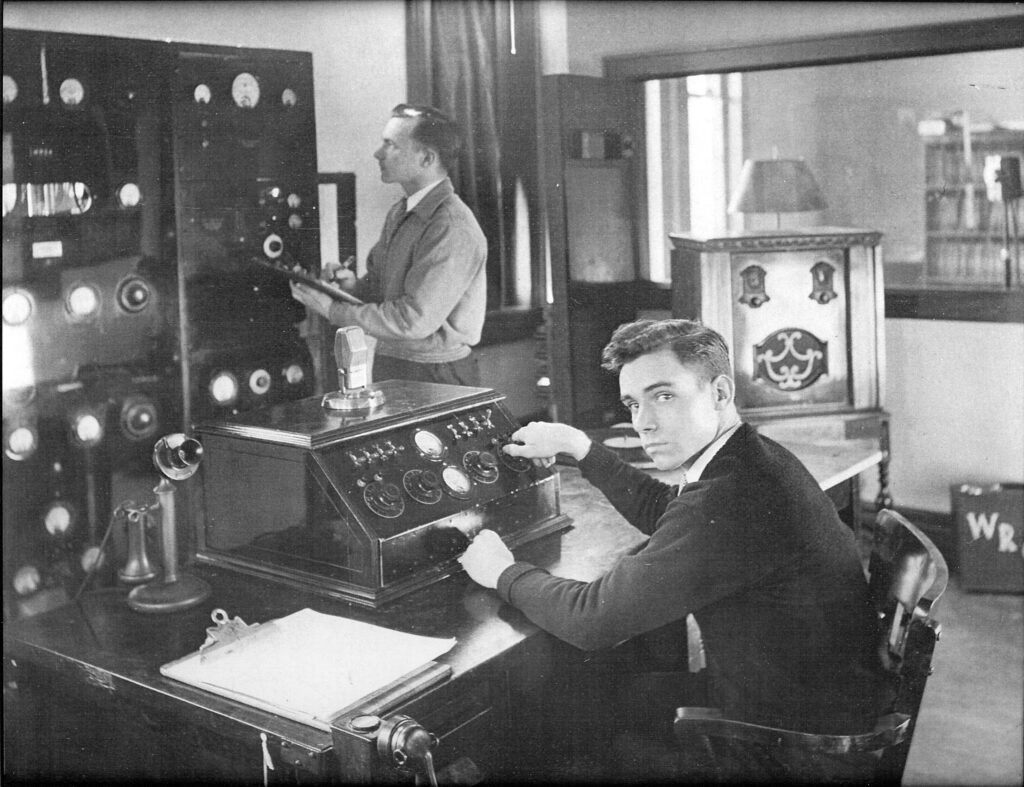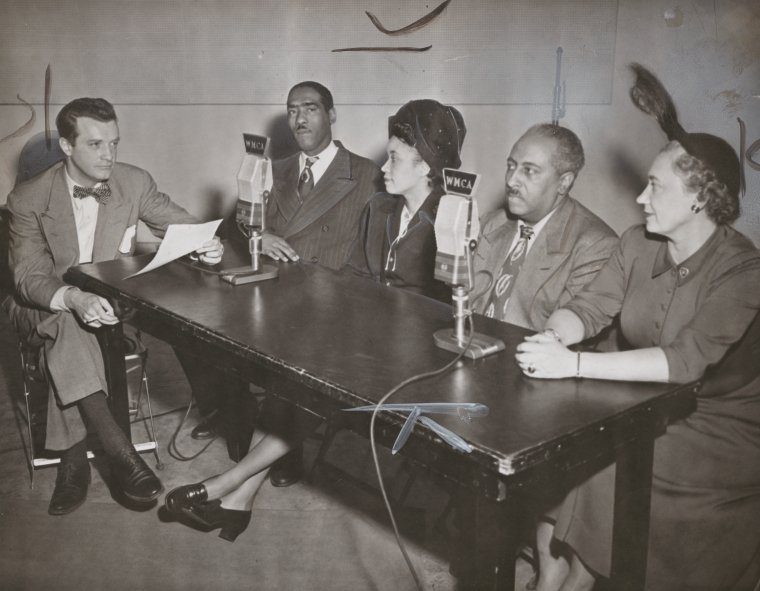Chicago is known as the center of radio broadcasting because it was here that the first radio stations appeared. The city became the main hub for connecting transcontinental network lines, which enabled enterprises to air programs in different time zones without spending too much money until the advent of audio and video cassettes, writes chicago-future.com.
The first radio stations in Chicago

The history of radio broadcasting in Chicago dates back to November 11, 1921. Then, the radio station KYW, licensed by the Westinghouse Electric and Manufacturing Company and jointly managed with Commonwealth Edison, started regular broadcasting.
During the next two months, KYW broadcast performances of Chicago Civic Opera to its listeners.
George Westinghouse’s radio station KDKA was opened in 1921 in Pittsburgh, Pennsylvania. Program content took a back seat compared to the novelty of the mass media tool.
Westinghouse claimed that when the opera season started in 1921, there were 200 radio receivers in Chicago and 2500 when it ended. The opera broadcasts on KYW significantly influenced the spread of radio in America, sparking a real radio boom.
Soon, new radio stations began to appear in the city. There were 20 radio stations operating in Chicago by 1923, cluttering the almost unregulated airwaves.
Many of them, including WBU, which had a broadcasting license from Mayor William Thompson, did not last long. Rich companies bought most of the stations. However, they had to cover heavy losses until radio could become profitable.
The radio station WMAQ managed to survive due to the assistance of the Chicago Daily News and the professional competence of manager Judith Waller.
Meanwhile, KYW began cooperating with the Hearst Corporation. The radio station worked in Chicago until its license was not transferred to Philadelphia in 1934. WCFL and WMBI stations stayed afloat thanks to useful contacts. The first one was licensed by the Chicago Federation of Labor and WMBI was granted a license by Moody Bible Institute.
Less popular radio stations such as WCRW, WEDC and WSBC thrived on their foreign language programs.
Development of radio broadcasting

In November 1928, AT&T expanded its network lines to the West Coast, making Chicago a national broadcasting center.
NBC and CBS adhered to an 18-hour broadcasting day. Local prime-time shows like “Amos ‘n’ Andy” and “Fibber McGee and Molly” were among the most popular in America.
Radio stations worked especially actively during the daytime. They started with the morning show “The Breakfast Club,” hosted by Don MacNeill, and continued with numerous soap operas. It is worth noting that this genre first appeared in Chicago.
The main event of the day was a 15-minute radio program called “Vic and Sade.” It was created and written by Paul Rhymer. It was regularly aired from 1932 to 1944.
After the end of World War II, Chicago lost its status as a broadcasting center. But when a coaxial cable was laid to connect the East Coast and the Northwest in 1949, Chicago became the home of many early TV programs.
In 1960, radio stations began to rapidly develop and adopt a new format. For example, programs of WLS were no longer intended for country dwellers. WCFL followed this example a few years later. WMAQ switched from country to western music. WBBM tried an “all-talk” format before transitioning to news coverage.
During this period, the first 24-hour radio station intended for African American listeners appeared in Chicago.
In the 1970s, music was mostly played at the FM stations. Paul Harvey became a favorite among radio listeners. People eagerly awaited his daily news broadcasts.
Radio broadcasting in the city continued to evolve each year. That is why Chicago kept its title as a national center of television and radio broadcasting.


